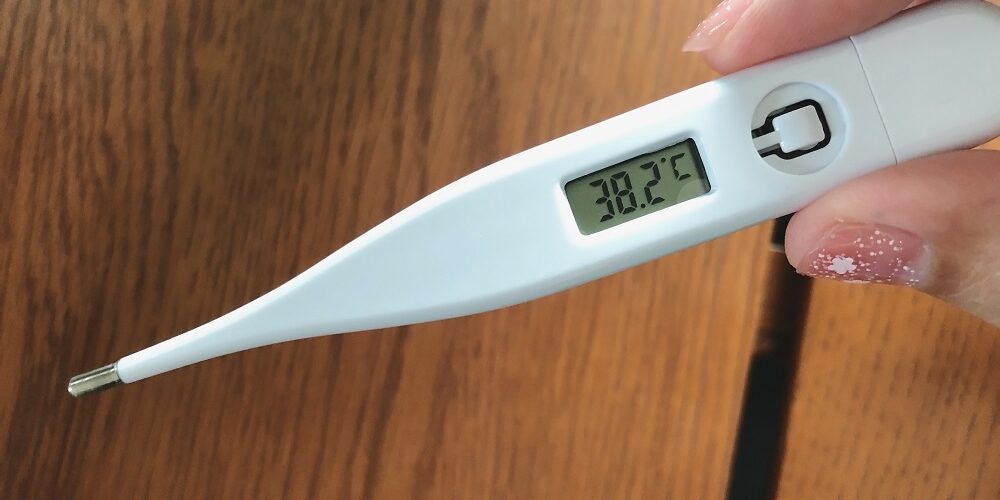
A standard piece of equipment in almost every home is a thermometer. Some of us even own many thermometers, each with a distinct function. A variety of thermometers are available, including industrial, kitchen, medical, and weather thermometers.
Most people are aware that a thermometer detects temperature using a preset numerical scale, but are you familiar with how one operates?
German physicist Daniel Gabriel Fahrenheit created the simplest type of thermometer in 1709: the glass bulb thermometer. A long glass tube filled with liquid that rises and lowers in response to temperature variations is this kind of thermometer. Alcohol, which has a lower freezing point than water, was present in Fahrenheit's initial thermometer. He changed it to mercury five years later because it has more extreme freezing and boiling temperatures than alcohol and expands steadily over a larger temperature range. For nearly 400 years, mercury has been the most widely used liquid in glass bulb thermometers; however, due to the significant health and environmental dangers associated with mercury, governments worldwide have started to propose mercury-free alternatives.
Because liquids like water, alcohol, or mercury expand slightly when the temperature rises, glass bulb thermometers are effective. The liquid can only travel upward if it is confined in a small tube. Fahrenheit was able to develop a scale to calculate the air temperature because this expansion occurs at a predictable rate. By developing a scale, Fahrenheit was able to predict the air temperature at each point on the tube where the liquid would reach. This allowed scientists to discuss temperature in precise terms for the first time. Fahrenheit's scale was the first to be developed for discussing temperature, however other scientists, including Anders Celsius and William Thompson, popularly known as Lord Kelvin, also created their own.
Prior to Fahrenheit, Galileo Galilei created a glass thermometer that was more rudimentary yet visually appealing. A glass tube filled with water and a number of weighted glass bulbs that rise to the top of the tube as the temperature drops made up Galileo's thermometer. Depending on its weight, each lightbulb indicates a particular temperature range. Depending on its weight and the density of the water required to support it, each bulb indicates a certain temperature range. More bulbs can float close to the tube's top when the water contracts due to colder air. The bulbs were a less accurate measurement than Fahrenheit's straightforward lined scale, and Galileo's thermometer could not display temperatures below freezing since it used water.
Digital thermometers and spring thermometers are only two of the various varieties of thermometers available today. The pointer on a spring thermometer moves because of a heat-sensitive bit of coiled metal that expands when the temperature rises and compresses when the temperature falls. Heat-sensitive liquid crystals included in digital thermometers transmit signals to the digital temperature display.Heat-sensitive liquid crystals included in digital thermometers transmit signals to the digital temperature display.
Using a few common household objects, you may create your own DIY thermometer:
Using tap water to rub alcohol
A transparent plastic bottle of water or soda
A few food coloring drops (any color will work)
A drinking straw made of translucent plastic
A sizable lump of Silly Putty, Play-Doh, or modeling clay
Pour equal amounts of rubbing alcohol and tap water into the plastic bottle, filling it about 1/4 of the way. Drops of food coloring should be added and stirred in slowly. Insert the straw into the bottle until its bottom nearly, but not quite, touches the bottom. Seal off with the modeling clay.Hold the straw in position and seal off the bottle's neck with the modeling clay.
Since the temperature changes more outside than indoors, take your project outside. As time passes, you'll see that the liquid flows up and down the straw in response to temperature changes. With graduated markings, you could even calibrate this basic thermometer. Using a different thermometer as a "cheat" is one easy method to accomplish this. To find out where the water sits at these stages and mark your bottle appropriately, you might also bring the water just above freezing and just below boiling. Naturally, it's unlikely that your plastic bottle will withstand boiling very well.
This basic thermometer will lose accuracy with time. as water evaporation occurs from the straw's exposed top. In order to avoid this, commercial thermometers are sealed off. In order to prevent temperature readings from dropping after removal, some, like medical thermometers, are even vacuum sealed. Vacuum-sealed thermometers require shaking the liquid back into the bulb in order to "reset."

 Admin
Admin
Leave A Reply
Your email address will not be published. Required fields are marked *